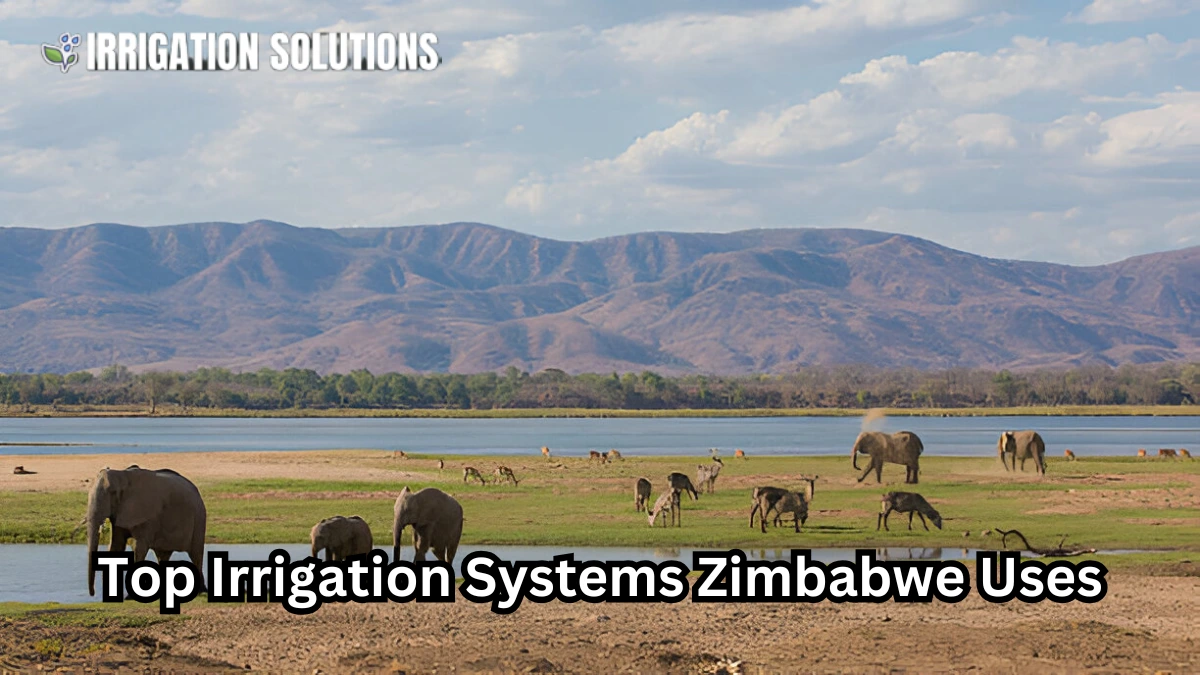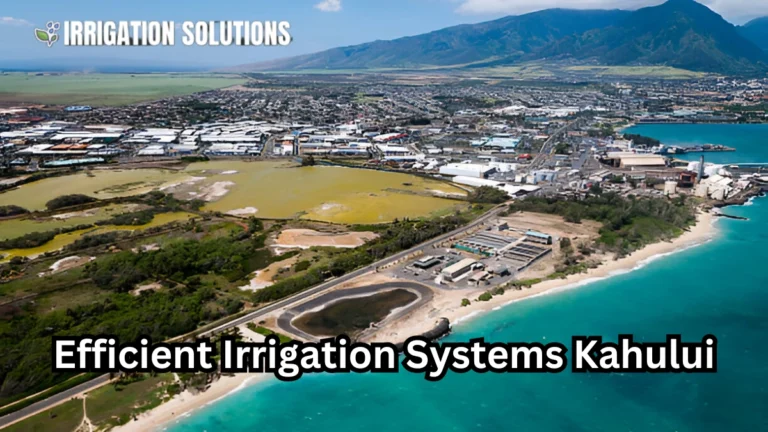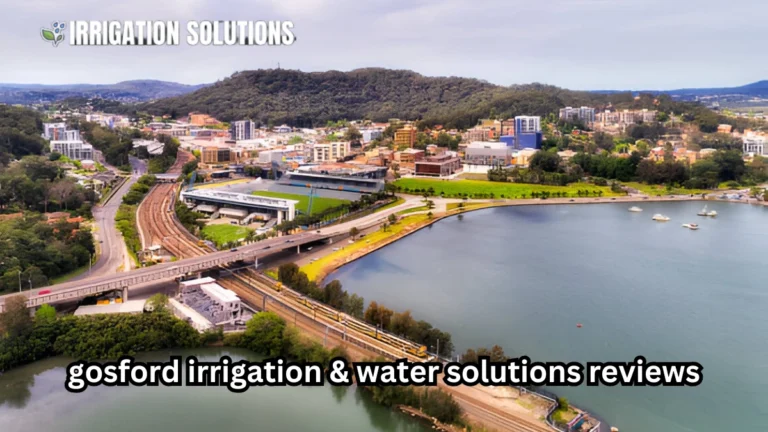top irrigation systems zimbabwe Uses

Zimbabwe, with its diverse climate and reliance on agriculture, has developed various irrigation systems to enhance food security and economic growth. Given the unpredictability of rainfall, irrigation plays a crucial role in ensuring sustainable farming.
This guide explores different types of irrigation systems in Zimbabwe, their benefits, challenges, and case studies of successful implementations.
Importance of Irrigation in Zimbabwe
Zimbabwe’s agriculture heavily depends on seasonal rainfall, making it vulnerable to droughts and climate change. Irrigation provides a solution by:
- Ensuring year-round crop production Farmers can cultivate crops in both wet and dry seasons.
- Improving food security Consistent water supply increases crop yields, reducing food shortages.
- Enhancing commercial farming Large-scale farms rely on irrigation for cash crops like tobacco, maize, and sugarcane.
- Boosting rural livelihoods Smallholder farmers benefit from irrigation schemes, increasing their income and resilience.
According to Zimbabwe’s Ministry of Lands, Agriculture, Fisheries, Water, and Rural Development, only about 5% of Zimbabwe’s arable land is under irrigation, highlighting the need for more investments.
Types of Irrigation Systems in Zimbabwe
Zimbabwe utilizes several irrigation methods, each suited to different crops, climates, and landscapes.
Surface Irrigation
This is one of the oldest and most common irrigation methods in Zimbabwe. It involves distributing water across fields using gravity.
✅ Advantages:
- Low cost and easy to implement.
- Works well in flat landscapes.
❌ Disadvantages:
- High water wastage due to runoff and evaporation.
- Not suitable for water scarce areas.
Example:
The Lower Gweru Irrigation Scheme uses surface irrigation to support small scale maize and vegetable farmers.
Sprinkler Irrigation
Water is sprayed over crops through overhead sprinklers, mimicking natural rainfall.
✅ Advantages:
- Even water distribution.
- Reduces soil erosion compared to surface irrigation.
❌ Disadvantages:
- Expensive installation and maintenance.
- Wind can disrupt water distribution.
Example:
The Mazowe Citrus Estate uses sprinkler irrigation to maintain its fruit plantations, ensuring high quality exports.
Drip Irrigation
This efficient system delivers water directly to plant roots through a network of tubes.
✅ Advantages:
- Saves water by reducing evaporation and runoff.
- Enhances crop yield with precise watering.
❌ Disadvantages:
- High initial setup costs.
- Requires regular maintenance to prevent clogging.
Example:
The Honde Valley Coffee Farms use drip irrigation to optimize water use while improving coffee quality.
Center Pivot Irrigation
A mechanized system where sprinklers rotate around a central point, commonly used in commercial farming.
✅ Advantages:
- Covers large areas efficiently.
- Reduces labor costs.
❌ Disadvantages:
- Expensive to install and maintain.
- Requires a steady water supply.
Example:
The Chisumbanje Sugarcane Estates use center pivot irrigation for large scale sugarcane production.
Challenges Facing Irrigation in Zimbabwe
Despite the benefits, several challenges hinder irrigation development in Zimbabwe:
- Water Shortages Many regions face declining water levels in rivers and dams.
- High Setup Costs Advanced systems like drip and center pivot irrigation require significant investment.
- Poor Infrastructure Aging canals and dams reduce efficiency.
- Electricity and Fuel Costs Pumping water requires power, which is often unreliable or expensive.
- Climate Change Unpredictable weather patterns affect water availability.
- Limited Government Support Smallholder farmers struggle to access irrigation funding.
Solutions and Innovations in Zimbabwe’s Irrigation Sector
To overcome these challenges, innovative solutions are being implemented:
- Solar-Powered Irrigation Reduces dependency on grid electricity and diesel.
- Smart Irrigation Systems Uses sensors and weather data to optimize water use.
- Water Harvesting Techniques Construction of reservoirs and small dams to store rainwater.
- Government and NGO Support Programs like the Smallholder Irrigation Revitalization Program (SIRP) assist farmers.
Case Study: Solar Powered Irrigation in Mutoko
In Mutoko, small scale farmers have adopted solar powered irrigation pumps, reducing reliance on expensive diesel pumps. This shift has increased vegetable production and boosted incomes.
Best Crops for Irrigation Farming in Zimbabwe
Not all crops require irrigation, but some benefit significantly from it.
| Crop | Irrigation Type | Region | Economic Value |
| Maize | Sprinkler, Surface | Mashonaland, Midlands | High (Staple food) |
| Sugarcane | Center Pivot | Lowveld, Chiredzi | High (Export crop) |
| Tobacco | Drip, Sprinkler | Mashonaland West | Very High |
| Horticulture (Vegetables) | Drip, Sprinkler | Peri-urban areas | Medium to High |
| Citrus Fruits | Drip, Sprinkler | Mazowe, Beitbridge | High (Export crop) |
| Coffee | Drip | Honde Valley | High (Export crop) |
Farmers should select irrigation based on crop needs, water availability, and cost factors.
Government and Private Sector Involvement
Government Initiatives
The Zimbabwean government has launched various irrigation programs, including:
- Command Agriculture Program Supports large scale irrigation projects.
- Irrigation Rehabilitation Fund Aims to restore old irrigation schemes.
- National Development Strategy 1 (NDS1) Targets increased irrigation coverage.
Private Sector and NGOs
Organizations like FAO, World Bank, and local agribusinesses provide funding and technology to improve irrigation efficiency.
Conclusion
Irrigation is key to Zimbabwe’s agricultural success, helping farmers overcome water shortages and boost productivity. However, high costs, water scarcity, and infrastructure challenges remain major obstacles. Investing in modern, efficient irrigation technologies, such as drip and solar powered systems, can transform the agricultural sector.
For Zimbabwe to fully benefit from irrigation, government, private sector, and farmers must collaborate to expand and modernize irrigation networks. With the right approach, Zimbabwe’s agricultural future can be more resilient and prosperous.






